The most common programming languages for PLCs are Ladder Logic, Structured Text, Function Block Diagram, and Instruction List.
Industrial PLC Programming Introduction
Industrial PLC programming is the backbone of modern automation systems, enabling precise control over machinery and processes in industrial environments. This article explores the core principles, languages, and hardware interactions that define industrial PLC programming. To provide real-world context and expert insights, we include a detailed discussion with Trevor Blevins, a seasoned automation engineer and subject matter expert. His commentary highlights the practical challenges and key skills required to succeed in this field, making this guide a valuable resource for professionals and businesses aiming to optimise their automation systems.
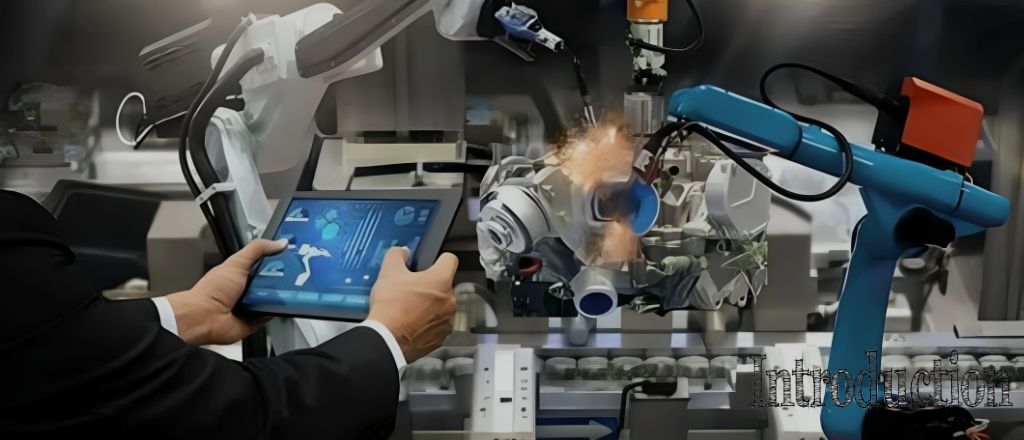
What Makes Industrial PLC Programming Different?
Industrial PLC programming stands apart because it focuses on reliability, precision, and efficiency in controlling machinery and processes. Unlike general-purpose programming, it is designed specifically for industrial environments where durability and accuracy are paramount. PLCs (Programmable Logic Controllers) must operate in challenging conditions, including high temperatures, vibrations, and electrical noise. The programming languages used for PLCs are standardized under the IEC 61131-3 standard, ensuring compatibility and ease of integration.
Another key distinction lies in the hardware-specific nature of the programming. Unlike software development for general computing systems, PLC programming directly interacts with sensors, actuators, and other hardware components. Programmers must ensure their logic works seamlessly with the physical equipment, optimizing performance and minimizing downtime.
Interviewer: Trevor, what do you think sets industrial PLC programming apart from other types of programming?
Trevor Blevins: PLC programming integrates deeply with physical machinery. In industrial environments, you design logic that directly controls motors, valves, and other hardware rather than simply writing code. This interaction requires a strong understanding of both software and mechanical systems.
Key Skills and Knowledge for Industrial PLC Programmers:
Professionals must possess technical skills and domain knowledge to excel in industrial PLC programming. Key skills include:
- Proficiency in IEC 61131-3 Languages: Familiarity with Ladder Logic, Structured Text, Function Block Diagram (FBD), Instruction List (IL), and Sequential Function Chart (SFC) is essential.
- Understanding of Electrical Systems: A deep knowledge of control systems, wiring diagrams, and circuit designs is crucial.
- Problem-Solving Abilities: Industrial PLC programmers must quickly diagnose and resolve system issues to minimize downtime.
- Knowledge of Industrial Standards: Awareness of industry-specific standards, such as NFPA 79 or ISO 13849, ensures compliance and safety.
- Experience with HMI/SCADA Systems: Human-machine interface (HMI) and Supervisory Control and Data Acquisition (SCADA) systems are often integrated with PLCs, requiring seamless coordination.
- Analytical Thinking: Analyzing complex processes and designing efficient control strategies is a core aspect of the role.
Interviewer: What skills are most critical for someone entering this field?
Trevor Blevins: First and foremost, you need a solid grasp of Ladder Logic and other IEC 61131-3 languages. Beyond that, understanding the electrical systems you’re working with is vital. Problem-solving is another big one—things will go wrong, and you must troubleshoot quickly to keep operations running.
Industrial PLC Programming Types
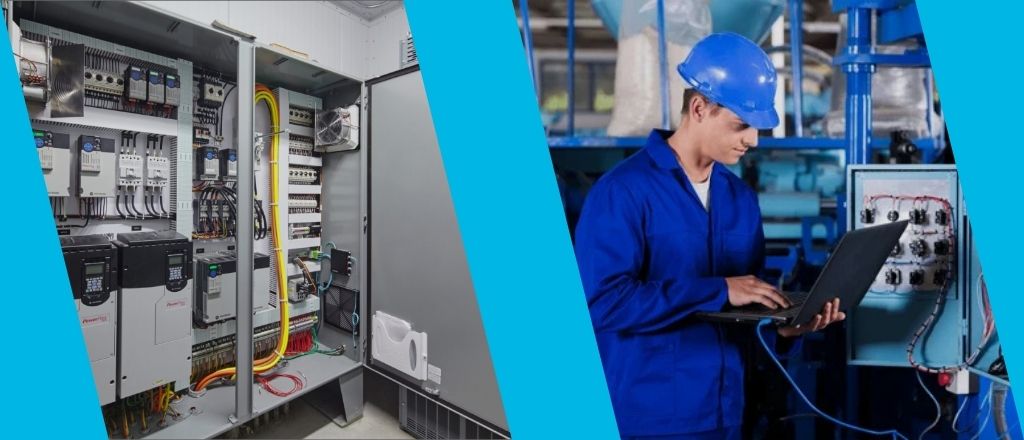
Ladder Logic for Industrial Applications
Ladder Logic remains the most widely used programming language for industrial PLCs, thanks to its simplicity and resemblance to traditional relay control circuits. It uses a graphical interface where programmers create logic by connecting symbols representing inputs, outputs, and control operations.
Ladder Logic is particularly suitable for discrete control systems, such as:
- Assembly Lines: Controlling the sequence of operations.
- Material Handling: Managing conveyor belts and sorting systems.
- Safety Systems: Implementing emergency stop functions.
Its intuitive structure allows technicians and engineers without extensive programming backgrounds to understand and troubleshoot the logic, making it ideal for maintenance in industrial settings.
Interviewer: Ladder Logic is a staple in PLC programming. Why do you think it remains so popular?
Trevor Blevins: Its popularity stems from its simplicity and visual nature. Even technicians who aren’t programmers can look at a Ladder Logic diagram and understand what’s happening. That makes it incredibly useful for troubleshooting on the factory floor.
Using Structured Text in Industrial PLCs
Structured Text (ST) is a high-level programming language for complex control tasks requiring advanced algorithms. It provides greater flexibility than Ladder Logic and resembles traditional programming languages like Pascal or Python.
Structured Text is ideal for applications such as:
- Process Control: Managing continuous variables like temperature, pressure, and flow rates.
- Data Handling: Performing mathematical calculations, string manipulations, and array operations.
- Advanced Automation: Implementing intricate control sequences, such as robotics.
Its text-based nature allows for concise and modular code, making developing and debugging sophisticated systems easier. Engineers often prefer Structured Text for projects that require scalability and long-term maintenance.
Interviewer: Structured Text seems to offer much flexibility. When would you recommend using it over Ladder Logic?
Trevor Blevins: Structured Text is perfect for complex calculations or when you need to handle data-heavy tasks. It’s also great for systems where scalability is essential. However, it’s not as intuitive as Ladder Logic, so it’s better suited for advanced users.
Industrial Applications of PLC Programming
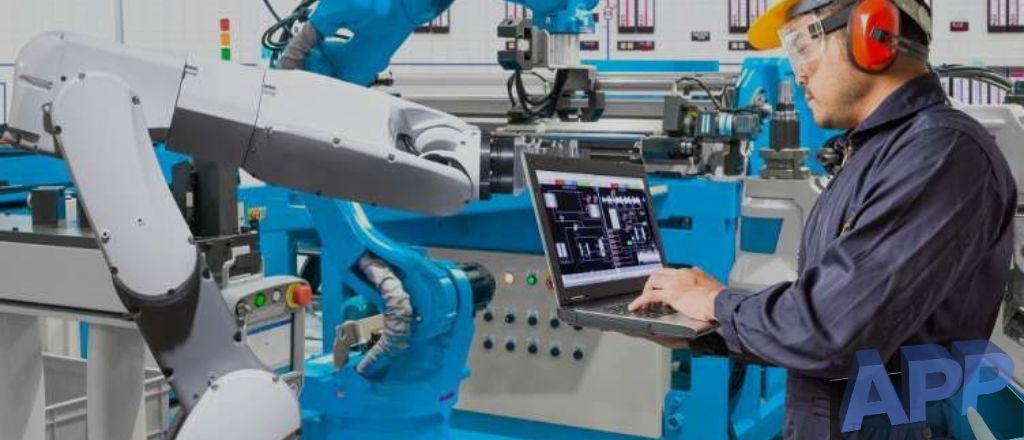
PLCs in Manufacturing and Process Industries
PLCs are the backbone of automation in manufacturing and process industries. They provide precise control over machinery, ensuring optimal performance and productivity. Common applications include:
- Assembly Operations: PLCs control robotic arms, assembly lines, and welding equipment to ensure precision and efficiency.
- Packaging Systems: Automated packaging processes rely on PLCs to control sorting, filling, sealing, and labelling operations.
- Process Control: Industries like chemical, pharmaceutical, and food processing use PLCs to regulate temperature, pressure, mixing, and flow.
These applications demonstrate the versatility of PLCs in managing complex processes while maintaining safety and quality standards.
Interviewer: Can you share a specific example of PLC programming’s impact on manufacturing?
Trevor Blevins: Absolutely. Take the automotive industry, for instance. PLCs manage robotic arms that assemble car components with incredible precision. Without PLCs, achieving that level of accuracy and efficiency would be impossible.
Examples of Industrial Automation with PLCs
Industrial automation powered by PLC programming drives innovation and efficiency. Some notable examples include:
- Smart Factories: PLC integration with IoT devices and cloud systems enables predictive maintenance and real-time monitoring.
- Energy Management: PLCs control energy consumption in industrial facilities by optimizing equipment usage and reducing waste.
- Water Treatment Plants: Automated systems regulate water purification processes, ensuring compliance with environmental standards.
- Automotive Manufacturing: PLCs control everything from engine assembly to paint application, streamlining production.
These examples highlight the transformative impact of PLC programming in modern industry, enabling businesses to achieve higher efficiency and competitiveness.
Interviewer: What is the future of PLC programming in industrial automation?
Trevor Blevins: The future is all about connectivity. PLCs will increasingly integrate with IoT and cloud platforms, enabling more intelligent, more adaptive systems. We’re moving toward factories that can practically run themselves with minimal human intervention.
Conclusion
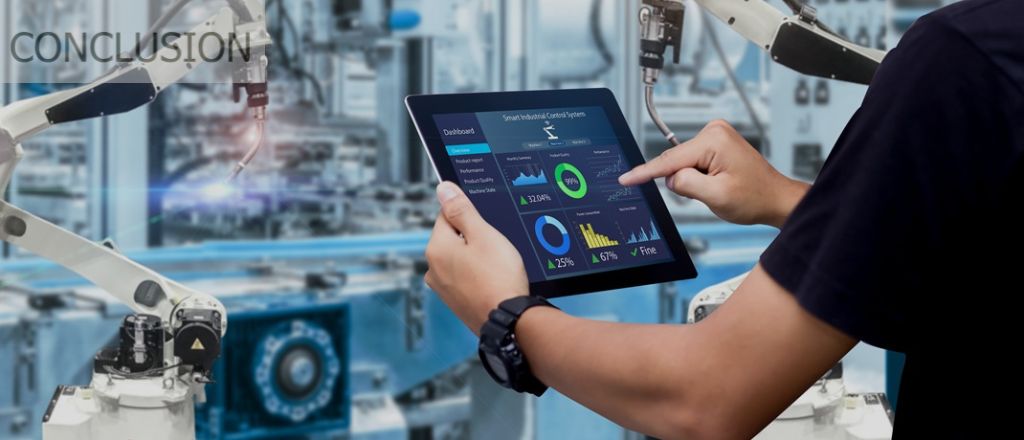
Industrial automation relies heavily on programming to control complex systems reliably and efficiently. From the simplicity of Ladder Logic to the advanced capabilities of Structured Text, programming languages offer solutions for a wide range of industrial needs. Mastering these tools and understanding their applications allows professionals to significantly impact productivity, safety, and innovation across industries. As industries continue to adopt automation, the demand for skilled professionals in this field grows, making it a dynamic and rewarding career path.
Frequently Asked Questions
Siemens, Allen-Bradley (Rockwell Automation), and Schneider Electric are some of the most widely used PLC brands in industry.
Yes, PLC programming is a promising career with high demand in industries like manufacturing, automation, and process control.
A PLC (Programmable Logic Controller) is a specialized computer used in industrial automation to control machinery and processes.
